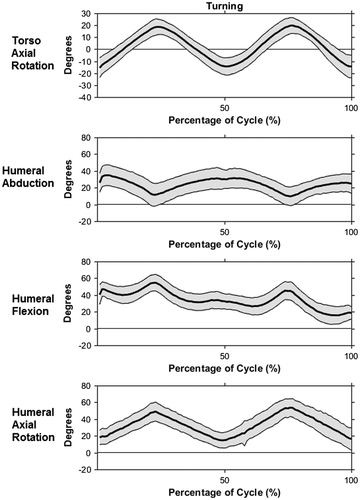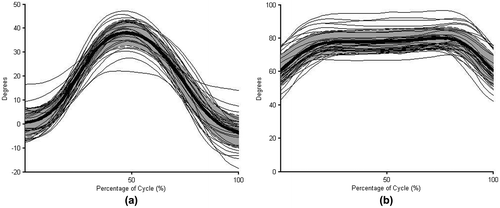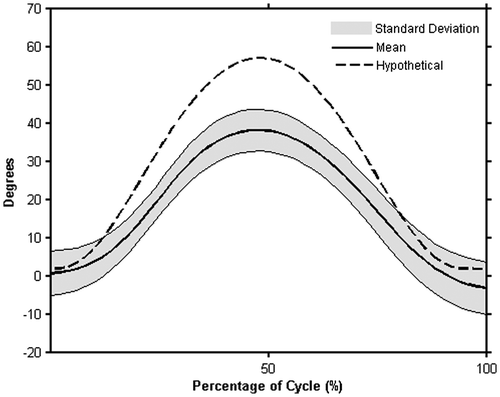Figures & data
Table 1. Order of task and subtask performance.
Table 2. Anatomical landmark locations of individual markers.
Figure 1. HFD placing task setup.
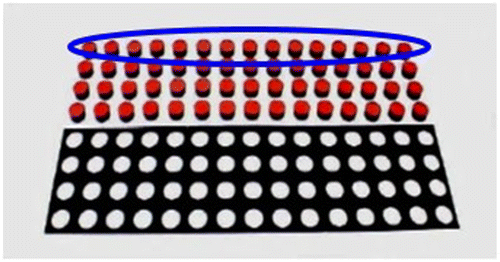
Table 3. Mean capacity scores for males and females during each FCE subtask.
Figure 2. Kinematic profiles with mean (bold line) +/− one standard deviation (gray shaded area) during the right to left, right hand and left to right, right-hand RR subtasks: torso + left/− right axial rotation (top), right humeral abduction (second), right humeral flexion (third), and right elbow flexion (bottom).
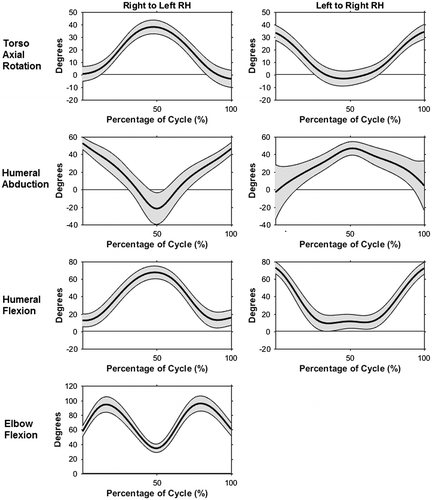
Figure 3. Kinematic profiles with mean (bold line) +/− one standard deviation (gray shaded area) during the right hand, both hands, and assembly FD subtasks: torso + left/−right axial rotation (top), right humeral flexion (second), right humeral + internal/− external axial rotation (third), and right elbow flexion (bottom).
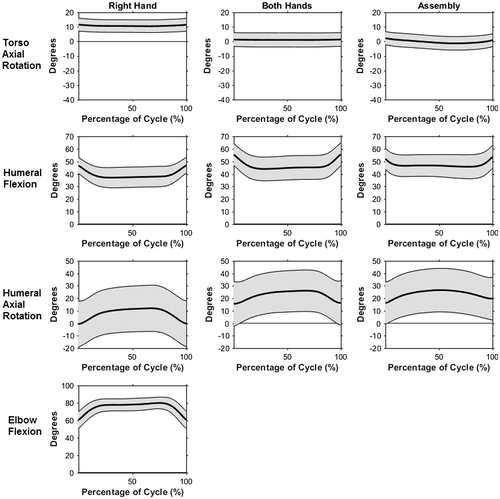
Figure 4. Mean humeral flexion angle and mean humeral axial rotation angle of the right arm with +/− one standard deviation during the HFD placing task.
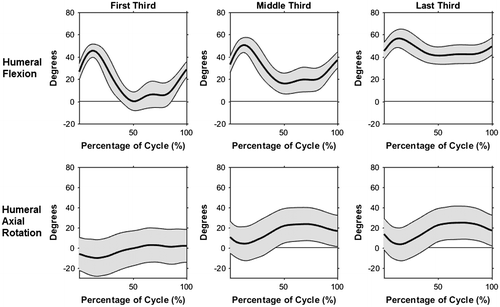
Figure 5. Kinematic profiles with mean (bold line) +/− one standard deviation (gray shaded area) during hand and forearm turning subtask: torso + left/− right axial rotation (top), right humeral abduction (second), right humeral flexion (third), right humeral + internal/− external axial rotation (bottom).
